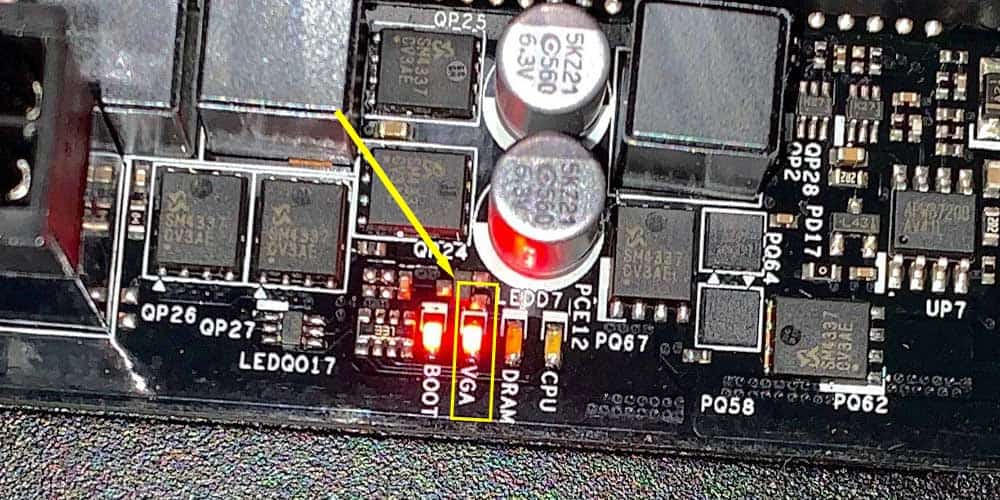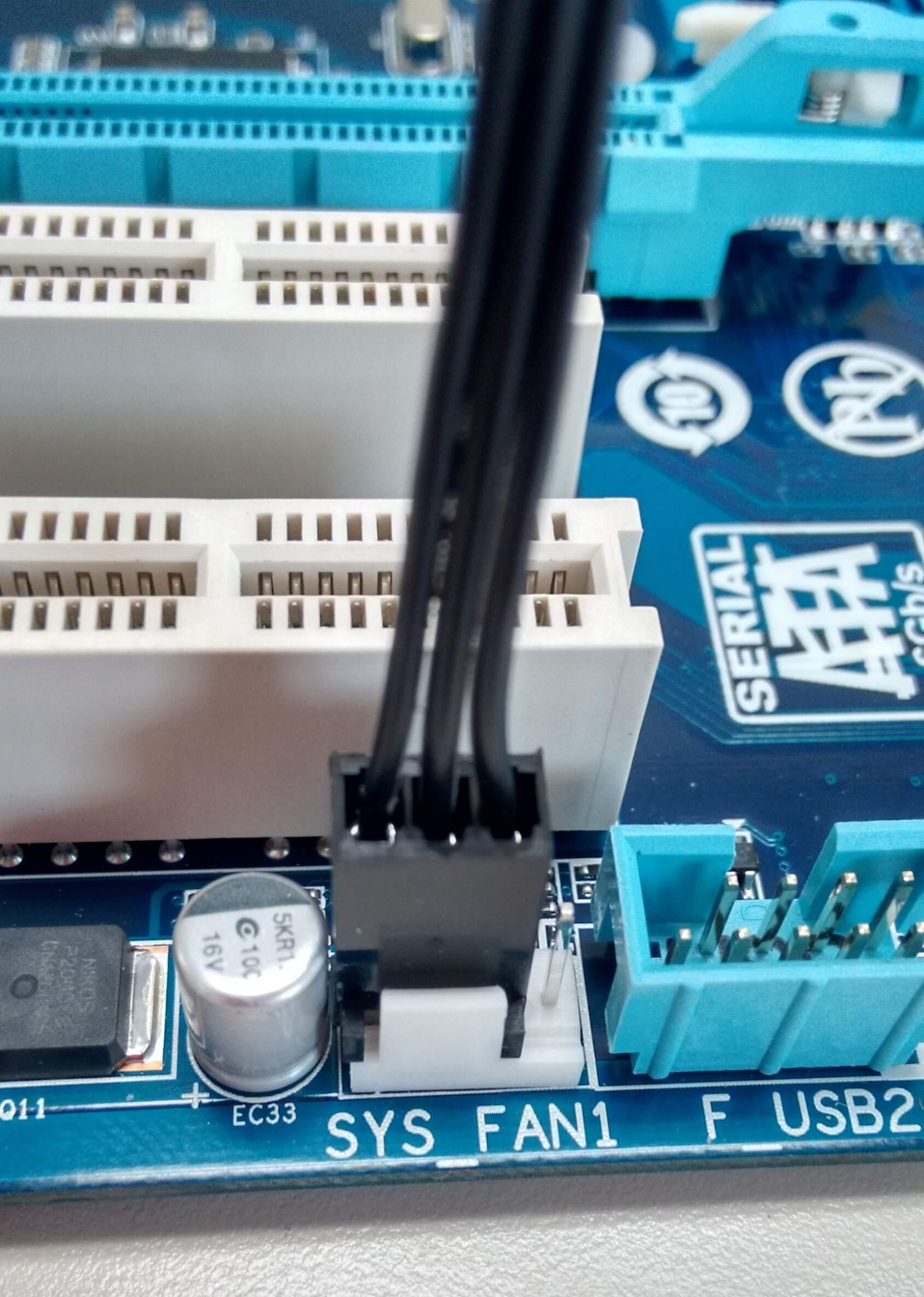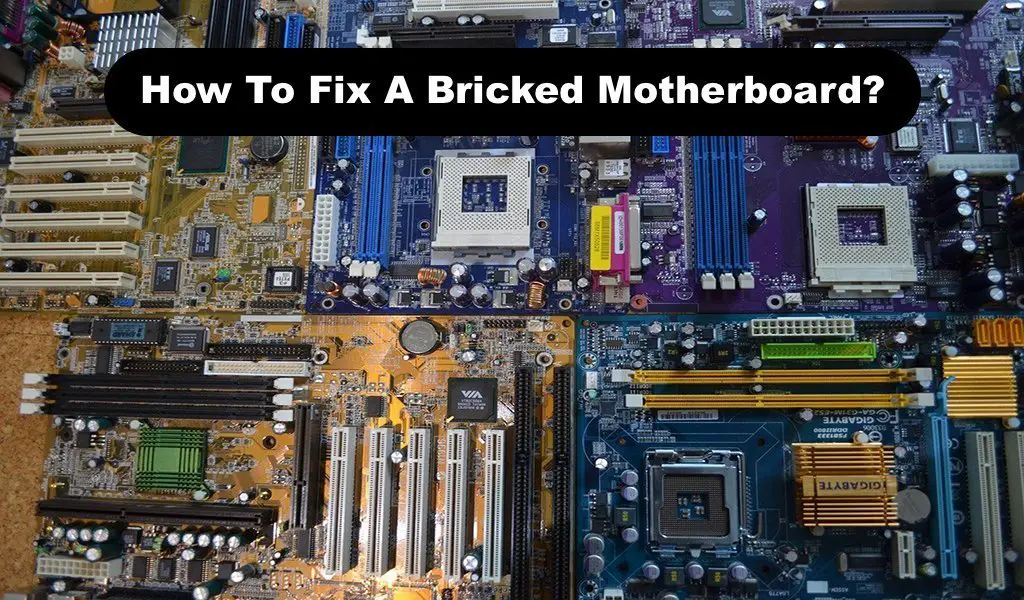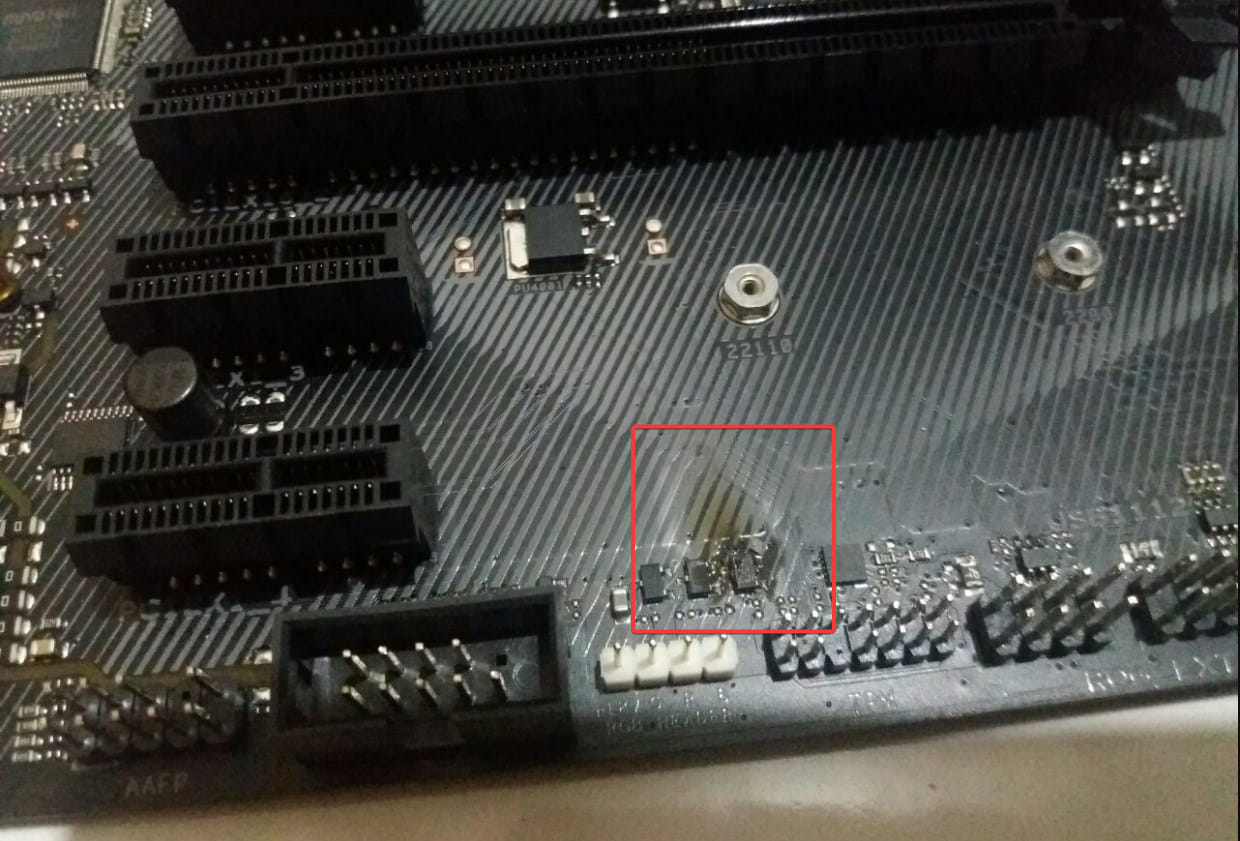Formidable Tips About How To Fix Motherboard
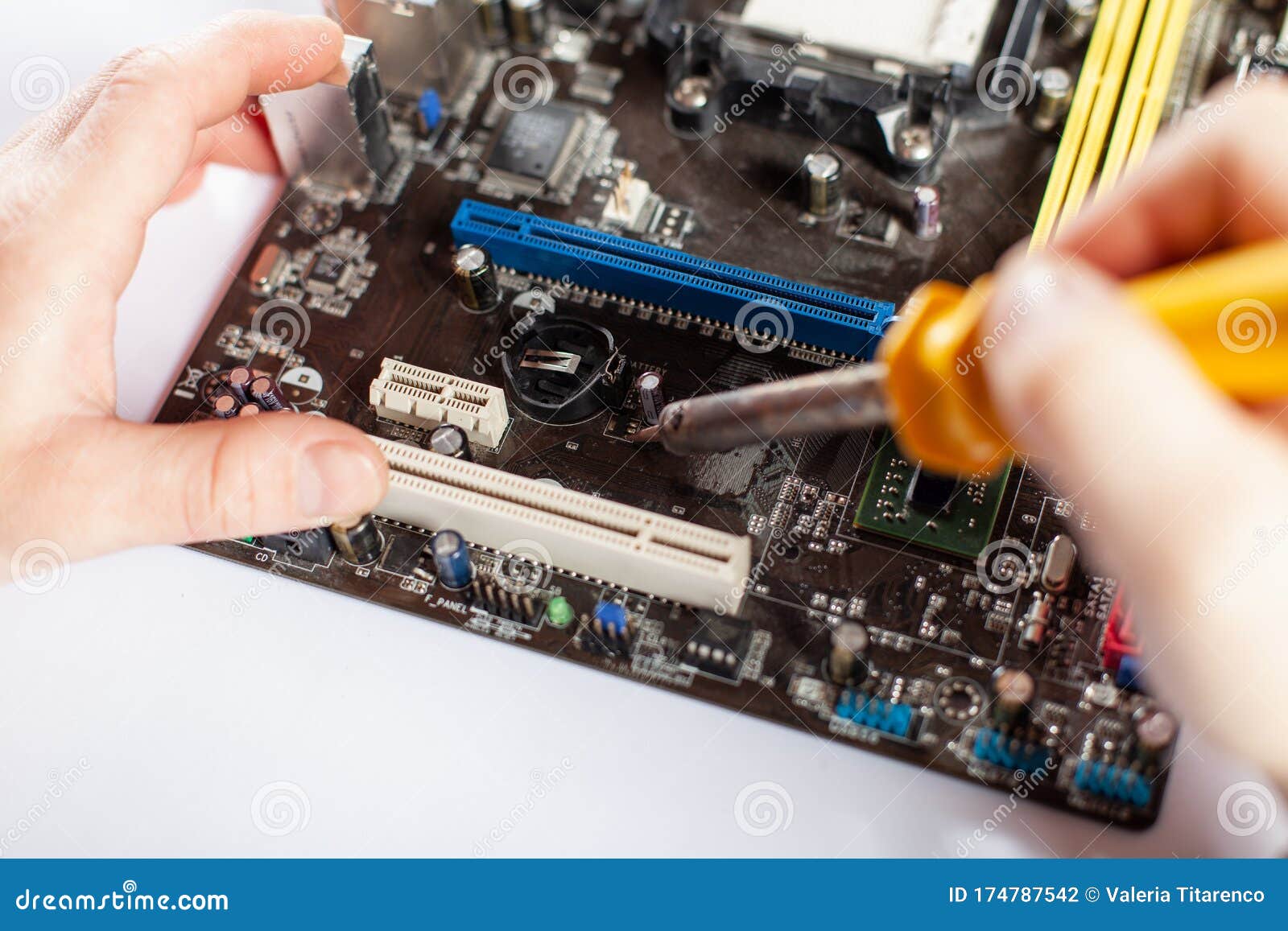
Carefully remove the old motherboard from the case and be sure to place it somewhere safe.
How to fix motherboard. Next, remove the screws that hold the motherboard in place, and lift the motherboard out of. If you are having problems with front panel usb ports, connect it straight to the motherboard ports on the rear. In this blog post, we’ll walk you through some common motherboard issues and how to fix them.
Motherboard and cpu troubleshooting, repair, and service manuals. See if switching to another usb header resolves the issue. To do this, you will need to unscrew the back panel of your tower, and unplug all of the cables connected to the motherboard.
Make sure that the power supply is plugged into the motherboard and that all of the connections are secure. Whether you’re a beginner or an experienced tech, we hope you’ll find this post helpful. A step by step guide step 1:
December 11, 2023 4 minutes read what to know dropping the computer, spilling liquid on it, or exposing the motherboard to extreme temperatures can all cause physical damage to the motherboard. This indicates a problem with the gpu, and one of the ways you can narrow the issue down to either the gpu or the motherboard's pcie slot by trying a different graphics card on the same board, or. Check your computer’s power supply.
What can you do if malfunctioning motherboard capacitors are the reason for trouble with your computer? This video is an overview of what we'll be covering, and the tools. Repair guides and support for motherboards and cpus.
How to fix common motherboard issues failure to boot: You can pick up a psu tester. Power, current, voltage, and clock speeds are all potential.
How to fix a motherboard: The most common motherboard problems, and how to fix them reset your uefi/bios. Install the cpu, cpu cooler, and ram in your new motherboard, insert your motherboard’s i/o shield in the rear of your case, then place the motherboard into your empty case.
Make sure your power supply is actually providing electricity to your motherboard. Here are some tips to help you find out what’s wrong and how to fix it. Before starting any work on your computer’s motherboard, make sure to power off the computer and unplug it from the wall socket.
The first step is to identify the problem. Configuring cmos to set up your computer motherboard’s cmos, bios, and chipset settings, see the motherboard cmos configuration and setup page for instructions and tips. This will prevent any electrical shocks and protect your components.
Be careful not to crease or strain the cable, as it's still adhered to the battery. Replace damaged/all capacitors/mosfets and hope for the best or replace the motherboard/the faulty external component on it. Is your computer not turning on at all?
